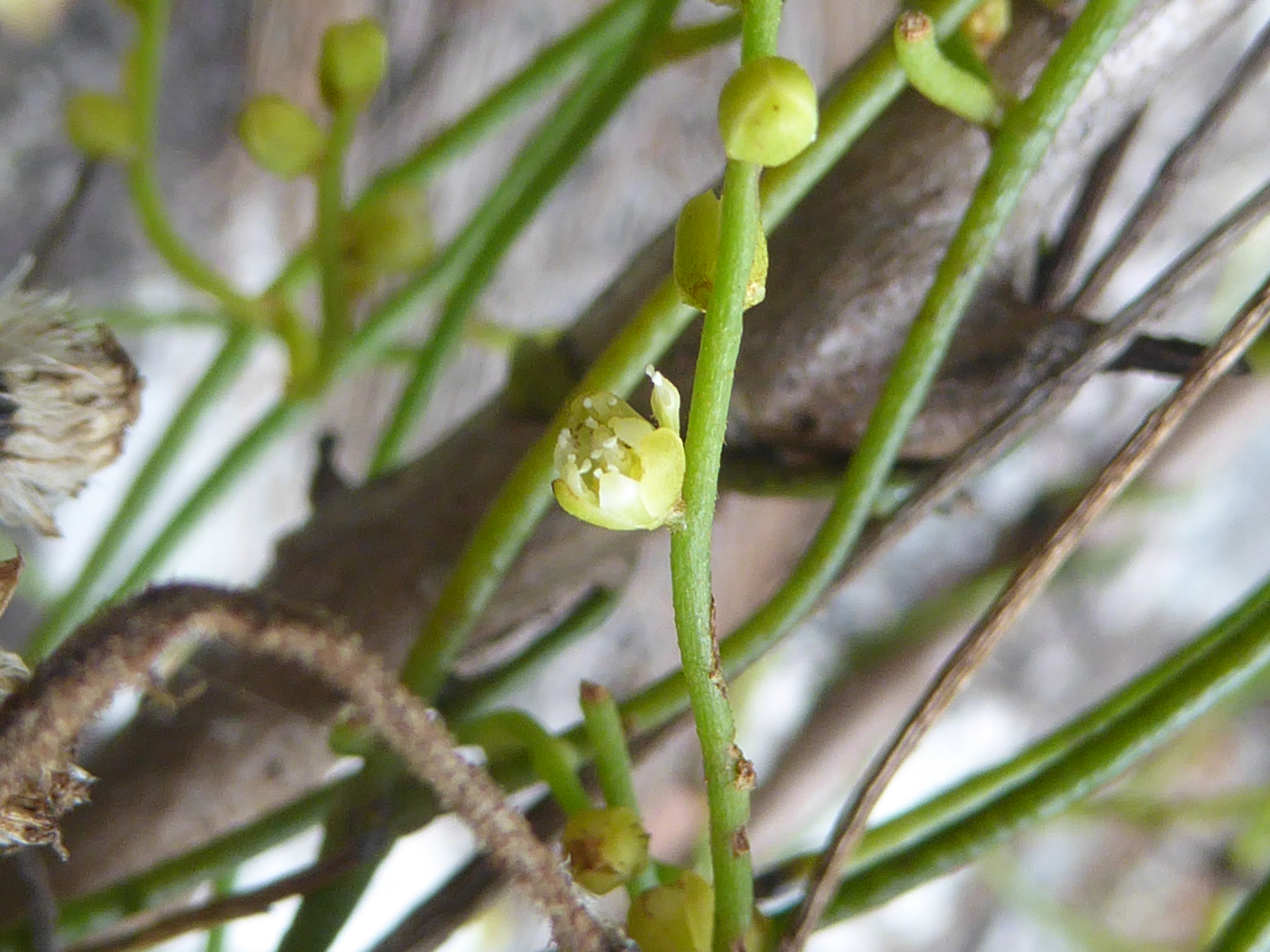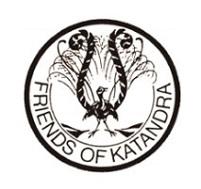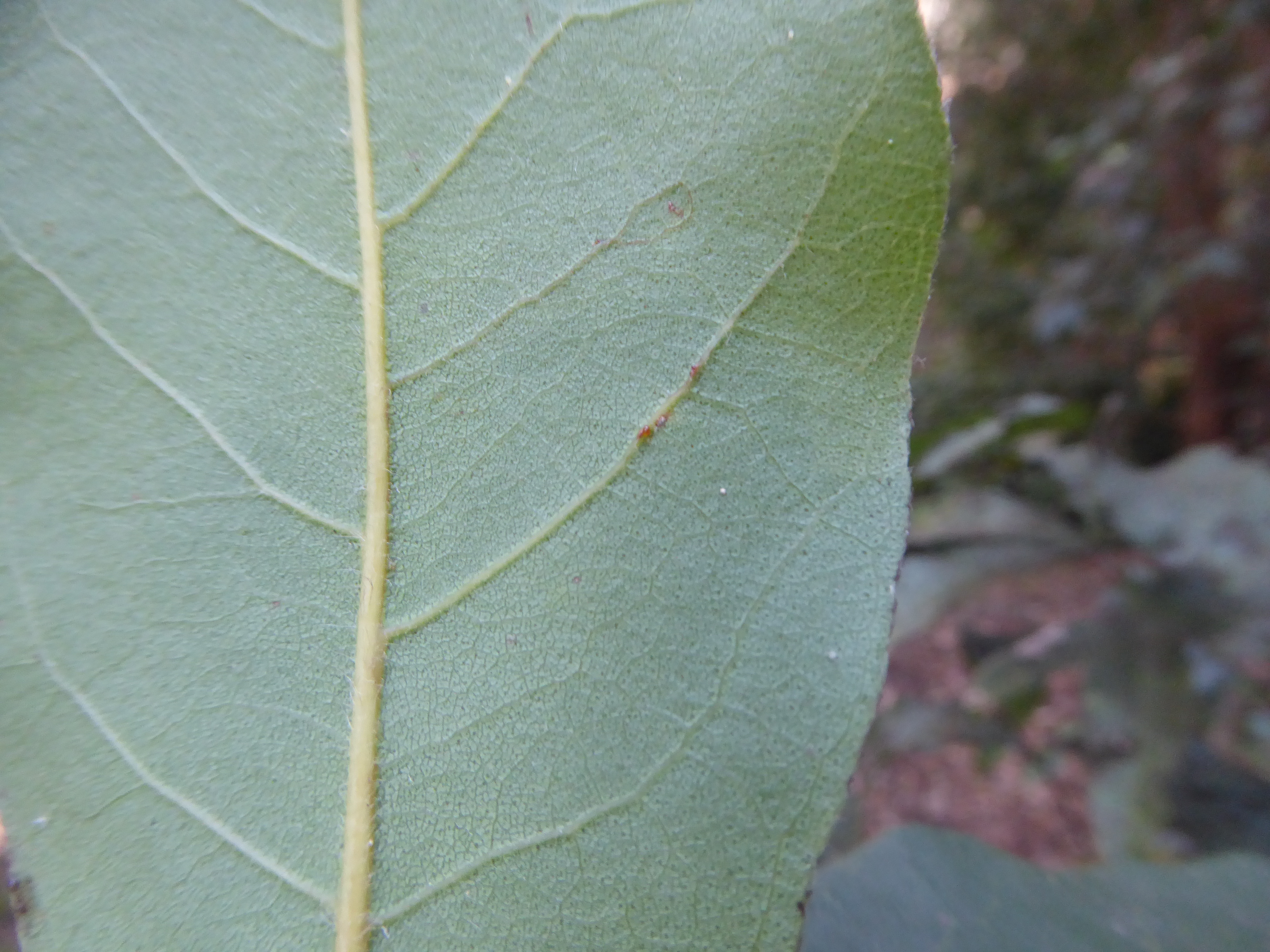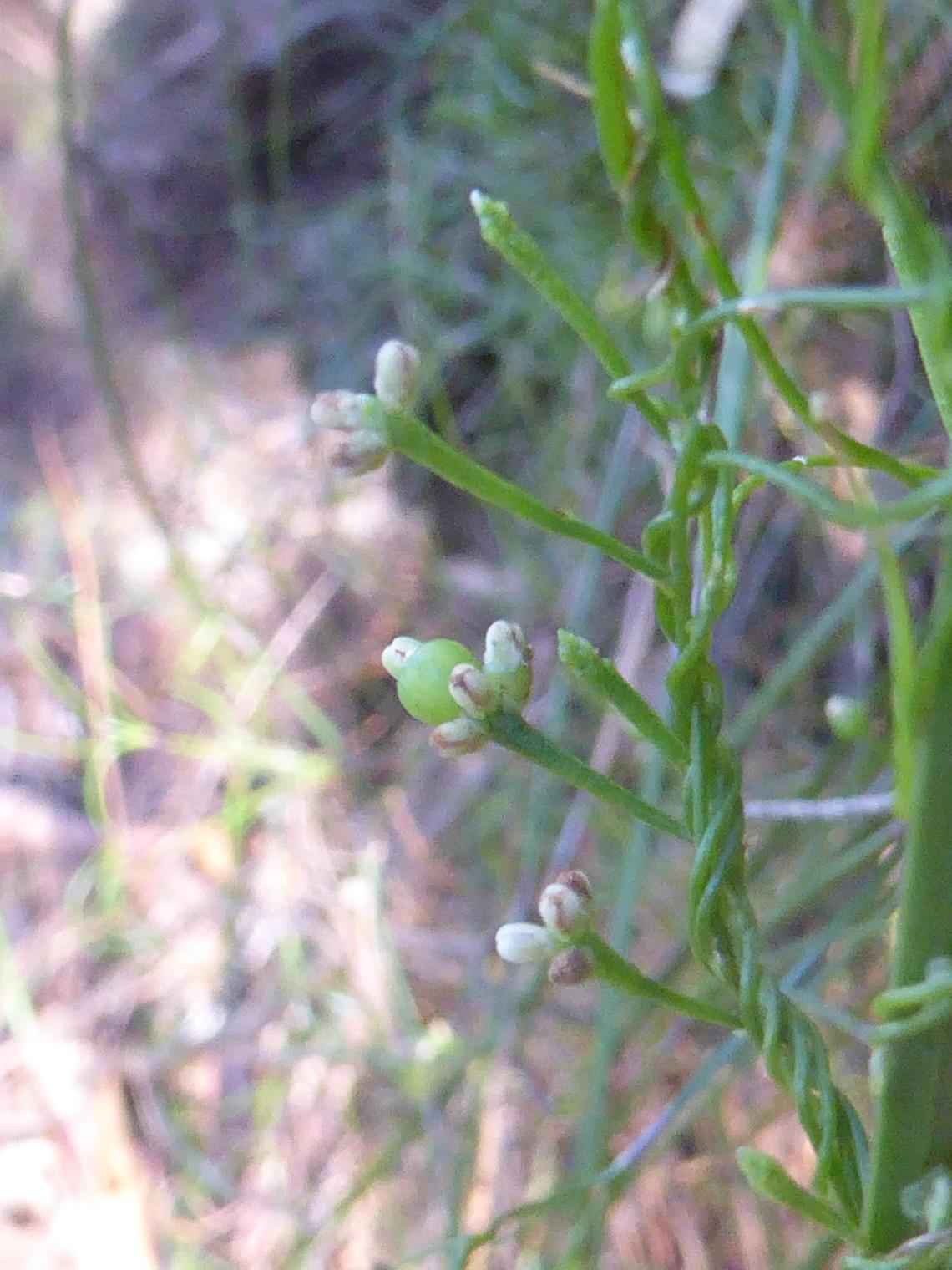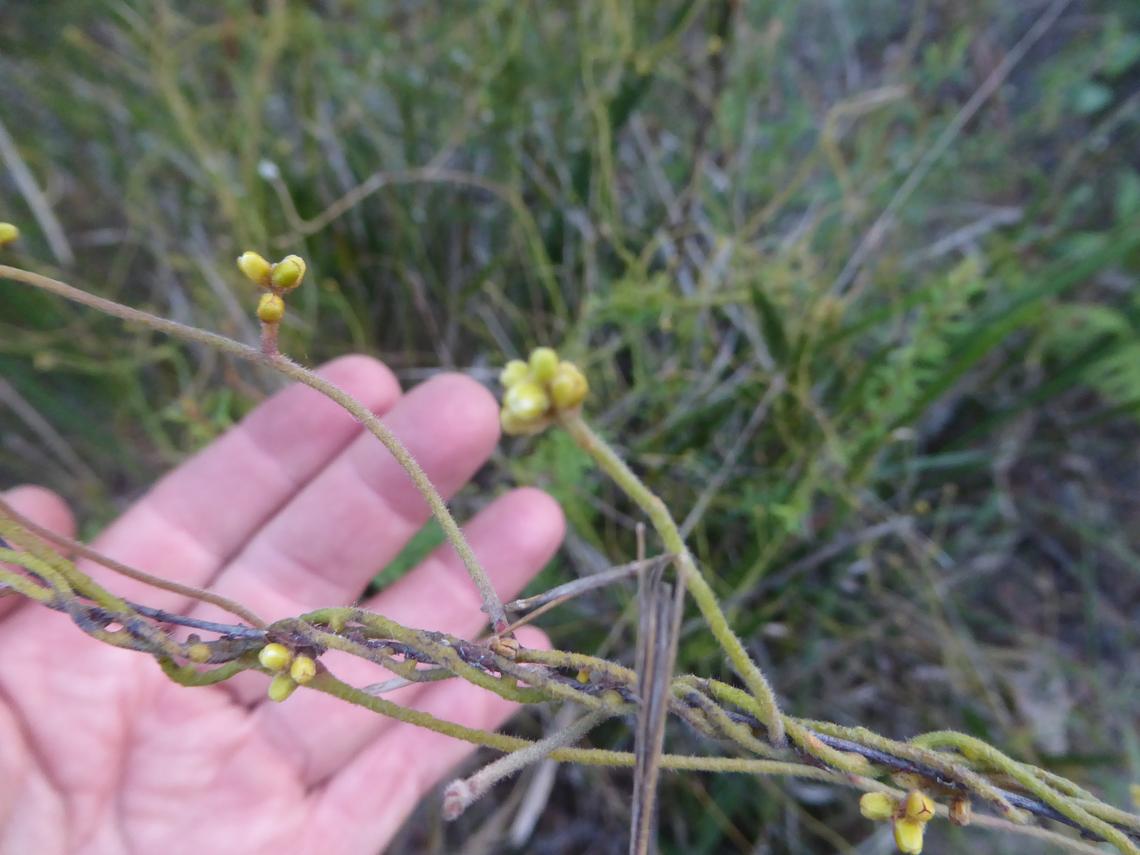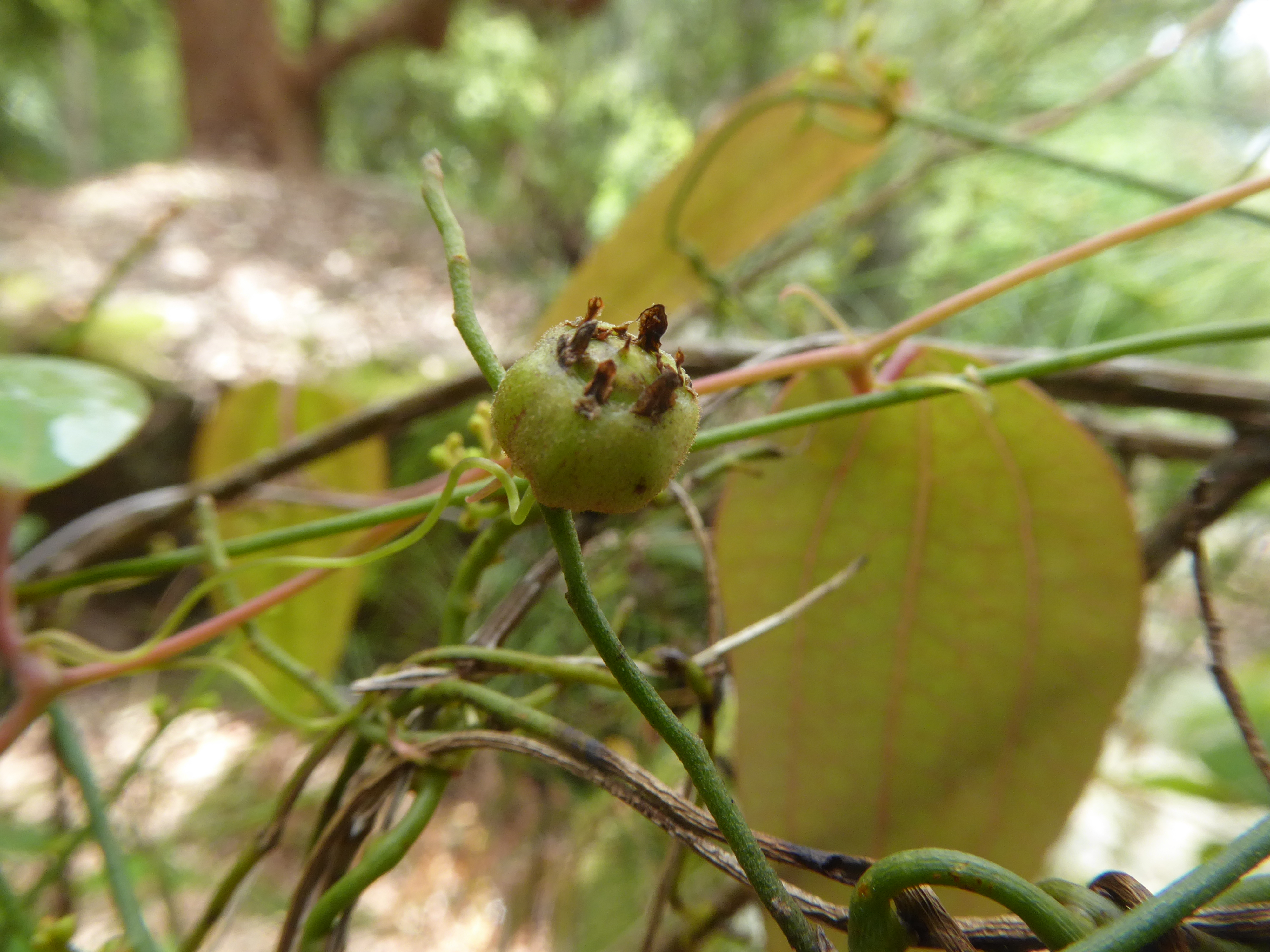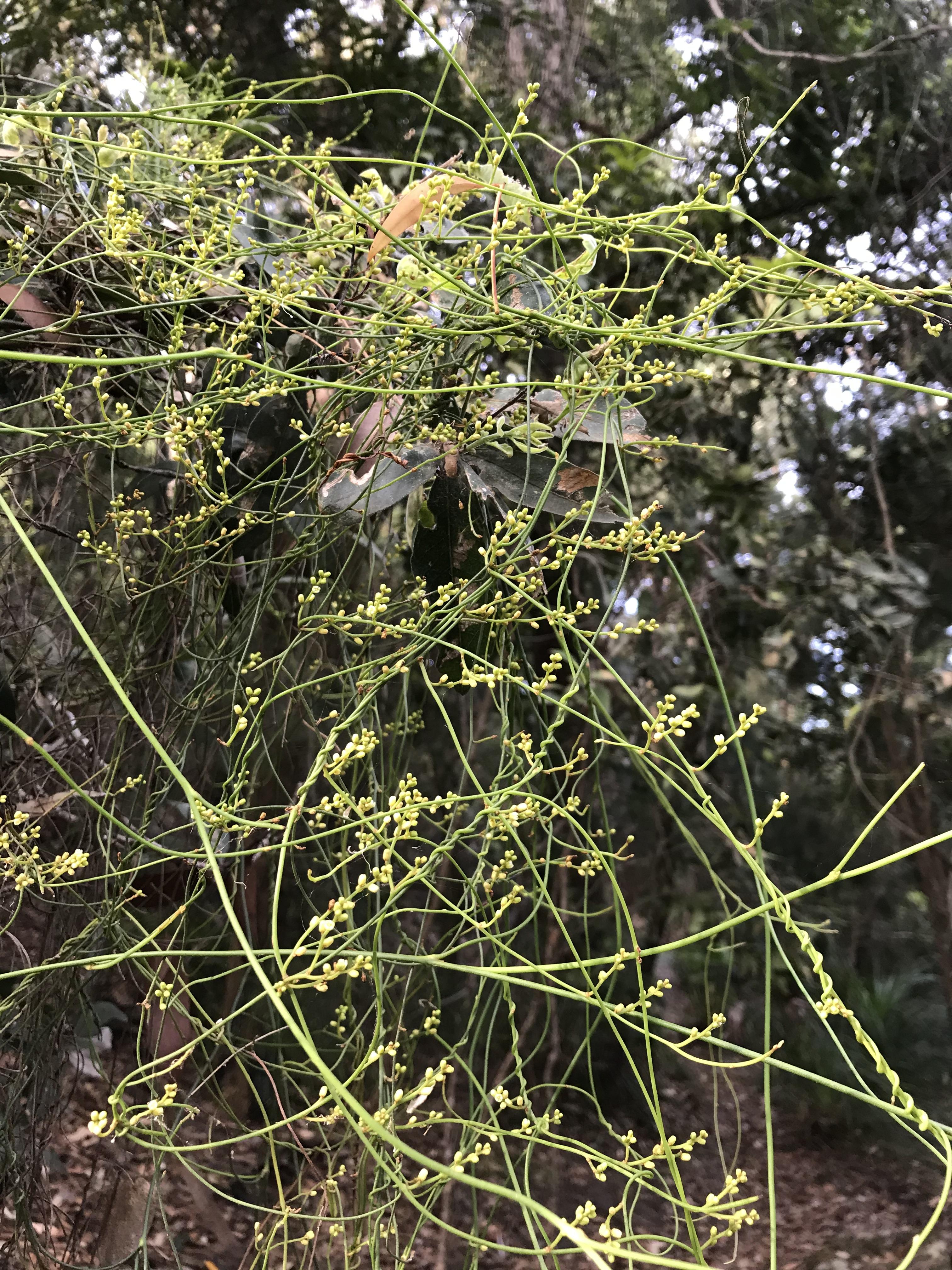Lauraceae
The Laurel Family
Often referred to as the Laurel family, Lauraceae is represented by about 2800 member species world-wide, 90 of which are found in Australia within 8 genera. Because the Laurel family is so ancient and was so widely spread over the Gondwana supercontinent, member species are often found in relict populations isolated by geographical barriers (eg on islands or tropical mountains).
Laurel trees are an important source of many essential oils. Their leaves contain microscopic oil dots which give a pleasant odour when crushed. Bay leaves from the Bay Laurel are used in cooking while other laurel species are a source of medicinal products, spices (eg cinnamon, sassafras) or oil-rich fruit (avocado). The sap within the plant is often toxic so many laurel trees are valued for producing fragrant timber that is not susceptible to insect attack. Cinnamomum camphora, the Camphor Laurel tree is considered a noxious weed in many parts of NSW.
Katandra is home to five species in the Lauraceae family, three are trees, all of which are not common in the area, and two are climbers.
Trees - Cryptocarya glaucescens (Jackwood or Native Laurel), Cryptocarya microneural (Murrogun) and Endiandra sieberi (Corkwood).
Climbers - Cassytha glabella (Slender Devils Twine), Cassytha pubescens (Common Devils Twine).
